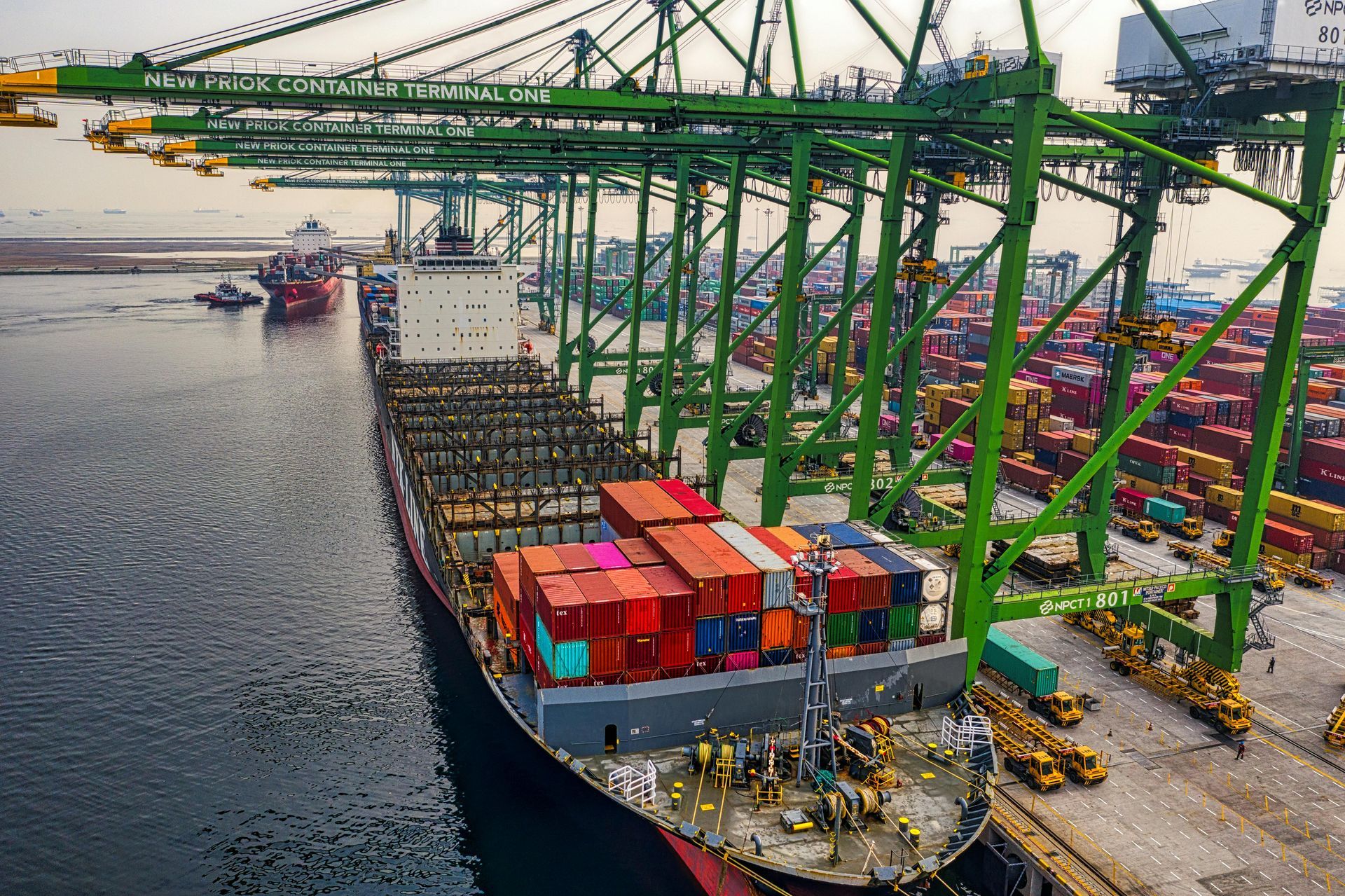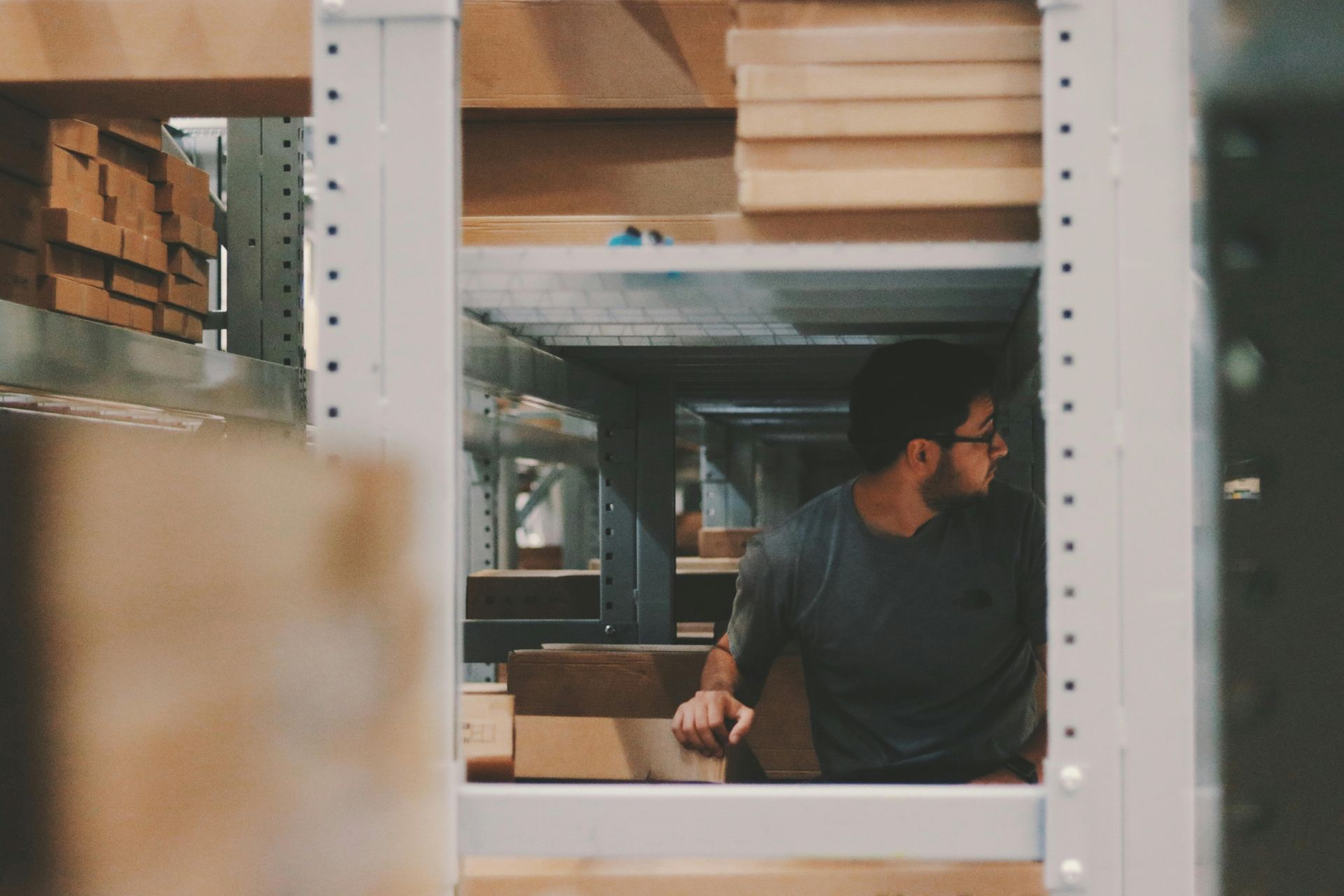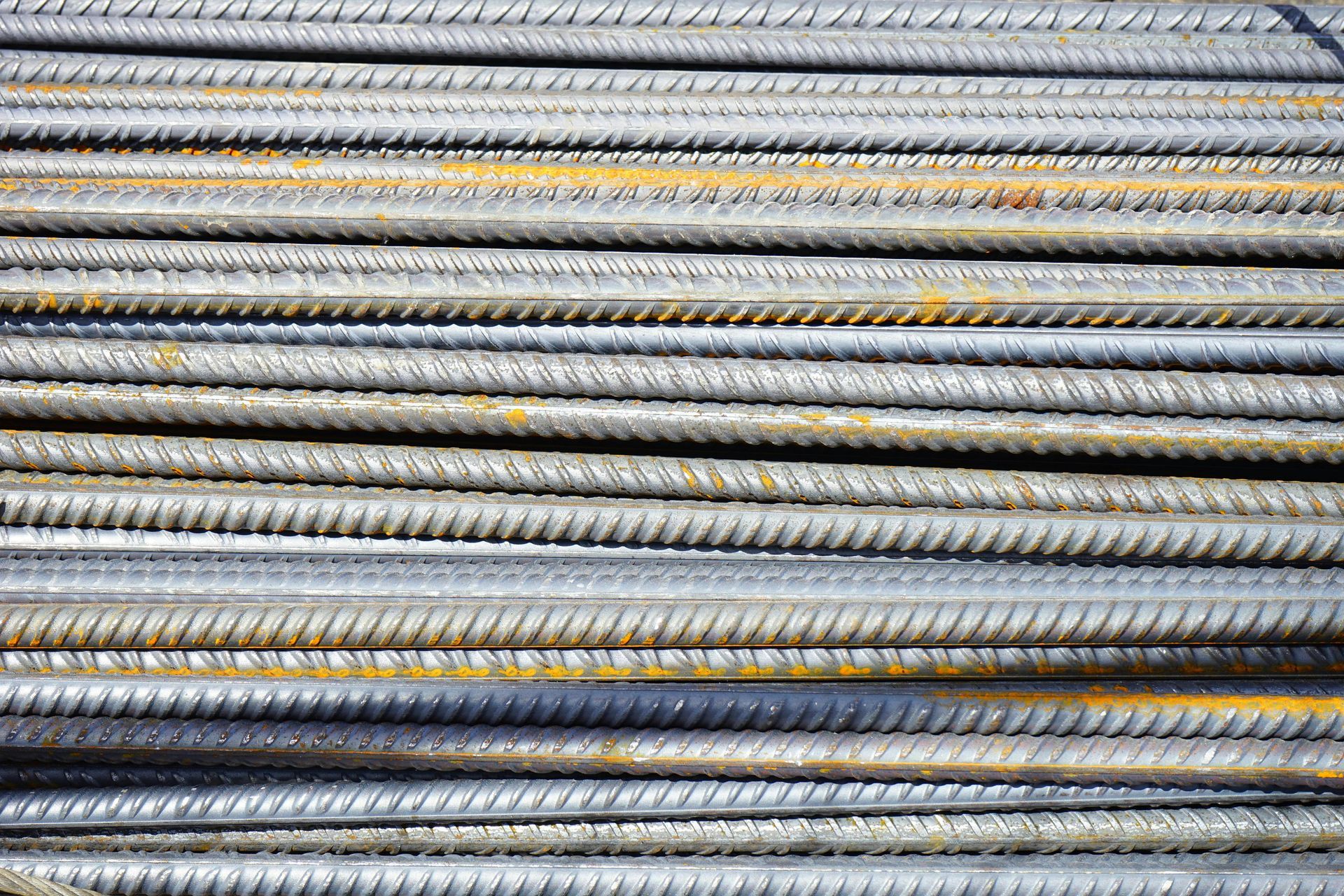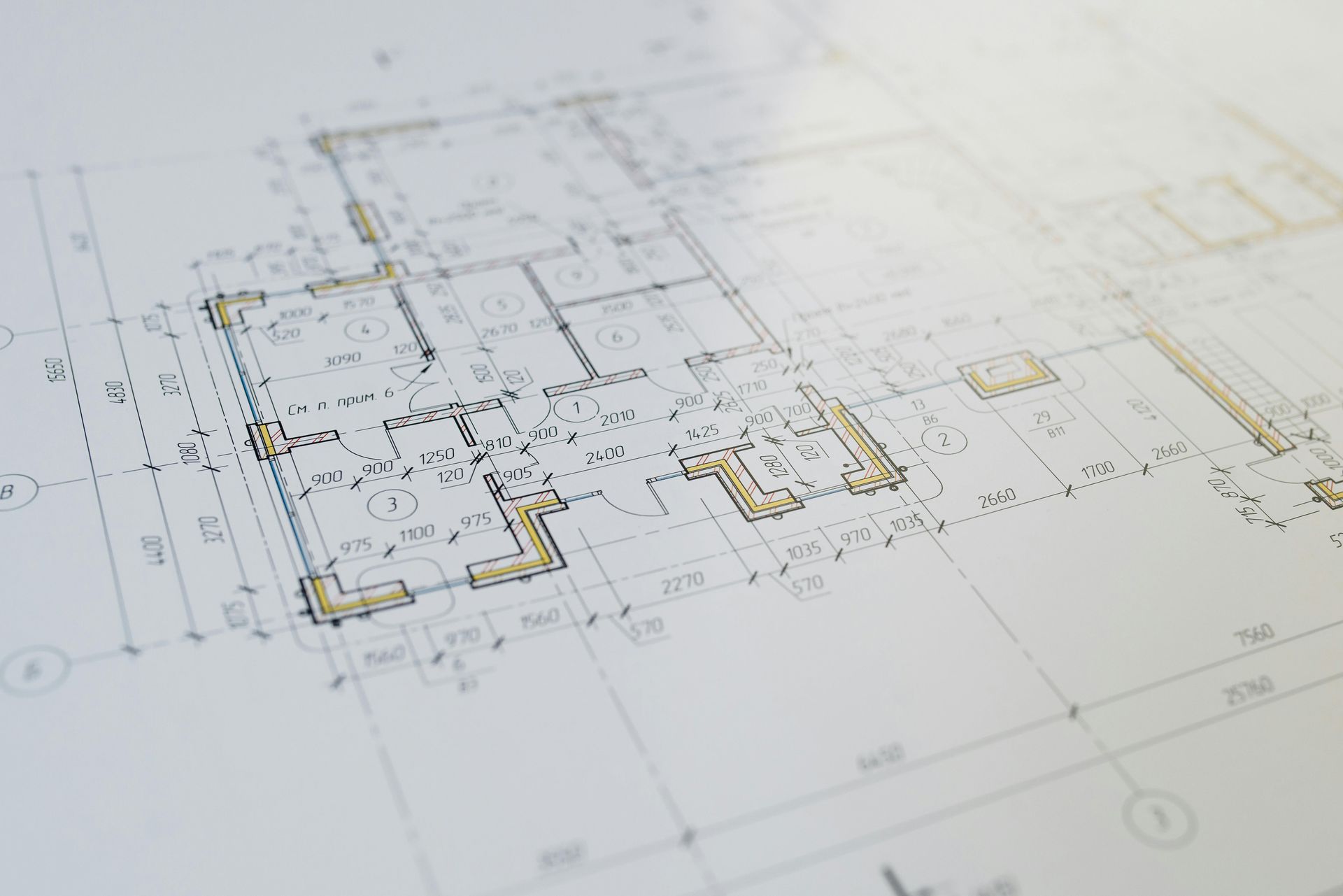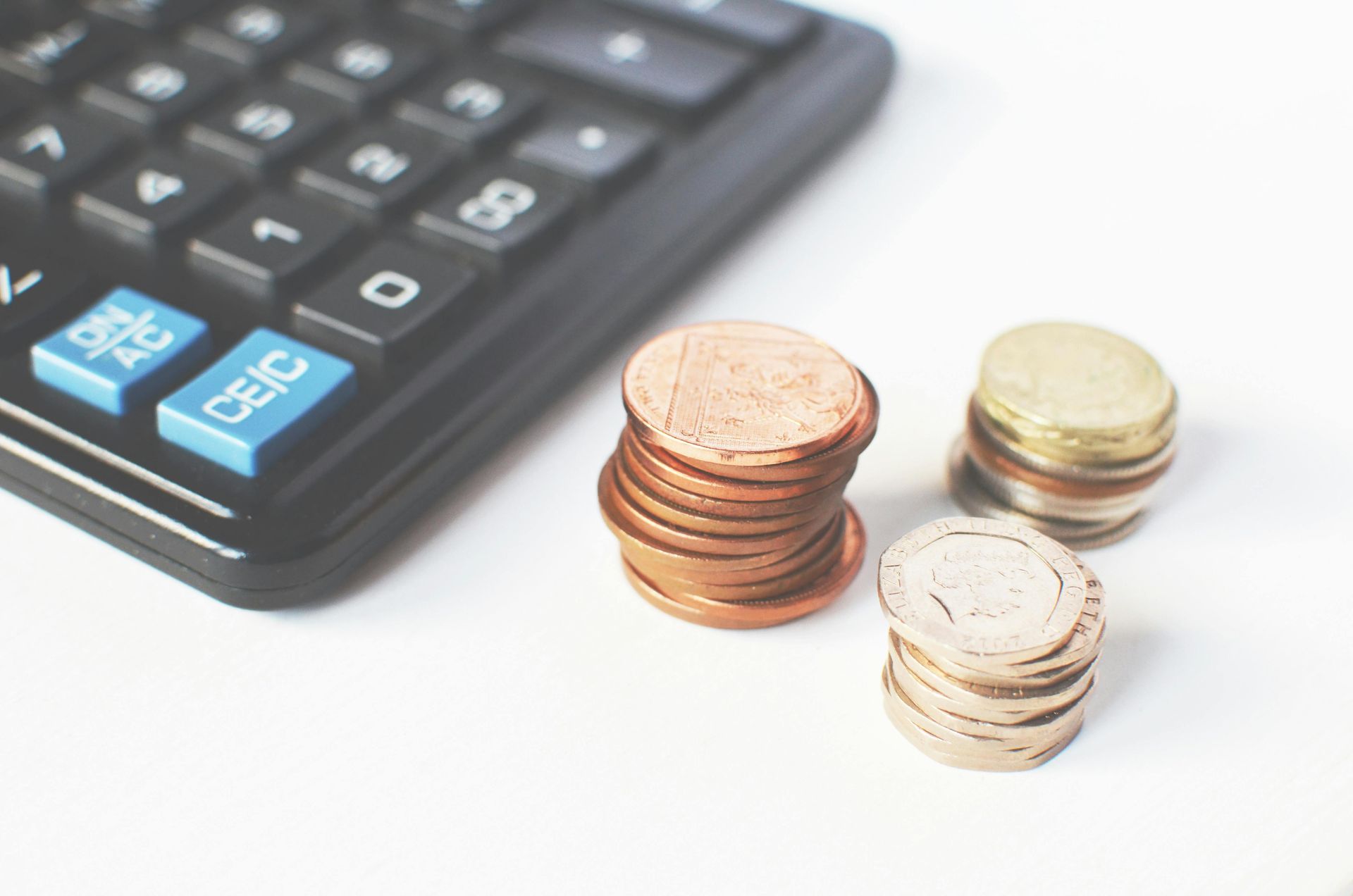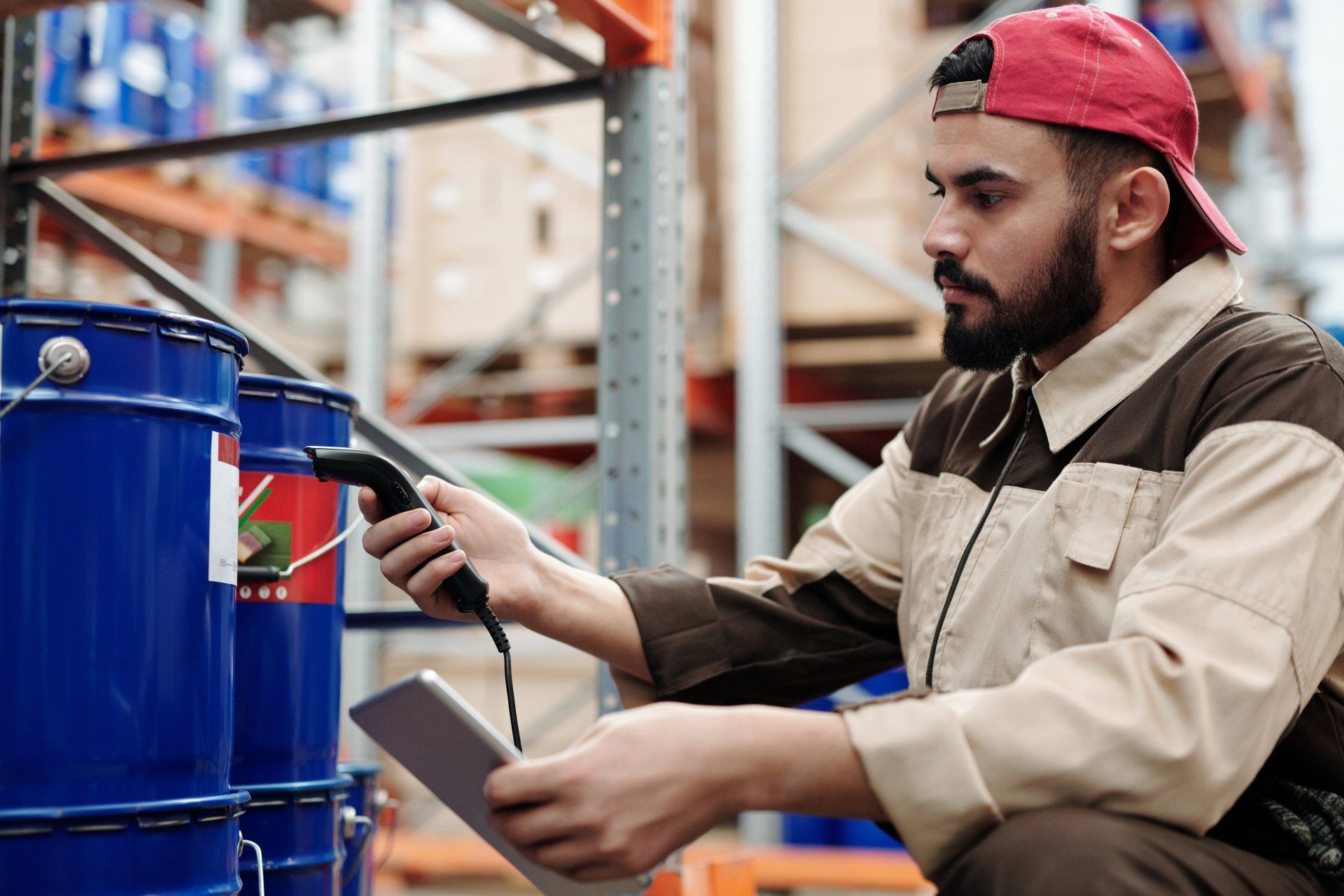Future Technologies Shaping MDU Construction: Innovations Transforming Urban Living
The construction of Multiple Dwelling Units (MDUs) is being revolutionized by emerging technologies that promise to reshape urban living as we know it. With the increasing demand for sustainable, comfortable, and smart housing, developers are turning to innovative solutions to enhance the design, construction, and functionality of MDUs. By incorporating advanced technologies, MDUs are being built to not only meet the current housing demand but also adapt to the future needs of urban residents.
In this blog post, we will explore the key technologies that are transforming MDU construction and how they are paving the way for a smarter, more sustainable urban environment.
Building Information Modeling (BIM): Enhancing Design and Collaboration
Building Information Modeling (BIM) is one of the most transformative technologies in the construction industry, allowing for more effective collaboration and design optimization. BIM involves creating detailed 3D models of a building, complete with information on materials, structural components, and mechanical systems.
- Collaborative Design Process: BIM enables architects, engineers, and developers to collaborate more effectively throughout the design phase, reducing misunderstandings and ensuring that everyone is on the same page. This approach minimizes costly changes and delays during construction.
- Improved Project Visualization: By providing a digital representation of the MDU, BIM allows stakeholders to visualize the project in detail before construction even begins. This ensures that potential design flaws are identified and addressed early on, reducing rework and increasing overall project quality.
- Increased Efficiency and Accuracy: BIM's ability to provide accurate material estimates and scheduling information helps developers streamline procurement and construction timelines, leading to reduced costs and improved quality control.
Modular Construction: Building MDUs Faster and Smarter
Modular construction is gaining popularity as an efficient and sustainable approach to building MDUs. It involves the off-site fabrication of building modules that are then transported to the construction site and assembled like building blocks.
- Speed and Cost Savings: By constructing modules in a controlled factory environment, developers can significantly reduce construction timelines, saving both time and money. Modular construction can also reduce labor costs, as much of the work is completed in a factory setting.
- Consistent Quality: Building modules in a factory setting allows for greater quality control compared to on-site construction. With standardized processes and consistent supervision, modular construction ensures a higher level of precision and quality.
- Reduced Waste: Modular construction is inherently more sustainable than traditional construction methods, as the factory environment allows for precise material usage and reduced waste. This not only helps developers meet sustainability goals but also results in cost savings.
- Scalability and Flexibility: Modular construction allows developers to scale projects more efficiently. Additional modules can be added as demand grows, making it easier to expand MDUs without disrupting existing residents or compromising on quality.
3D Printing: A Disruptive Force in Construction
3D printing is poised to be a game-changer in the construction industry, with the potential to revolutionize how MDUs are built. By using large-scale printers, entire building components can be produced quickly and efficiently.
- Speed of Construction: 3D printing technology can significantly speed up the construction process by printing building components on-site. This reduces the time required for labor-intensive tasks such as masonry and allows developers to complete projects in a fraction of the time compared to traditional methods.
- Cost Reduction: The ability to print building components on-site can reduce material transportation costs and minimize labor expenses. Additionally, 3D printing allows developers to use locally sourced materials, reducing the environmental impact of construction.
- Complex Designs Made Simple: 3D printing allows for the creation of complex and unique architectural designs that would be difficult or costly to achieve using traditional construction methods. This opens up new possibilities for innovative building aesthetics without significantly increasing costs.
- Sustainability: 3D printing uses materials more efficiently, generating less waste compared to conventional construction. By using recycled materials, 3D printing can further enhance the sustainability of MDU projects.
Smart Home Technology: Enhancing the Living Experience
As tenants increasingly prioritize convenience and connectivity, smart home technology has become a key feature in MDU construction. Integrating smart systems into MDUs creates a modern living experience that enhances comfort, security, and efficiency.
- Smart Thermostats and Lighting: Smart thermostats and lighting systems allow tenants to control their environment with ease, reducing energy consumption and providing a comfortable living experience. These systems can be controlled remotely via smartphone apps, offering tenants increased flexibility.
- Voice-Activated Assistants: Voice-activated assistants such as Amazon Alexa or Google Assistant have become popular additions to modern MDUs. These devices can control various smart systems within the unit, including lighting, security, and appliances, enhancing the tenant experience.
- Access Control and Security: Keyless entry systems, video doorbells, and smart locks are being integrated into MDUs to improve security. Tenants can control access to their units and receive alerts when someone approaches their door, providing peace of mind.
- Energy Monitoring: Smart energy monitoring systems provide tenants and property managers with real-time data on energy consumption. By identifying areas of inefficiency, these systems can help reduce energy usage and lower utility bills.
Renewable Energy Integration and Microgrids
Integrating renewable energy into MDU construction is an important step towards creating sustainable urban environments. By harnessing renewable energy sources, developers can reduce reliance on fossil fuels and provide cleaner, more reliable energy to tenants.
- Solar Panels and Battery Storage: Solar panels are becoming a common feature in new MDUs, helping generate renewable energy to power common areas and units. Coupled with battery storage systems, solar panels can provide a reliable power source even during grid outages.
- Microgrid Technology: Microgrids allow MDUs to operate independently from the main power grid during emergencies. By integrating renewable energy sources and battery storage, microgrids provide resilience against power outages and enhance energy reliability.
- Electric Vehicle Charging Stations: As electric vehicle (EV) adoption grows, the demand for EV charging infrastructure in MDUs is also increasing. Installing charging stations powered by renewable energy sources provides tenants with an eco-friendly transportation solution and future-proofs the property.
IoT and Building Management Systems: Optimizing Operations
The Internet of Things (IoT) is transforming how MDUs are managed, making it easier for property managers to monitor and control building systems in real time. By integrating IoT devices and building management systems (BMS), MDUs can achieve greater operational efficiency and provide a better experience for residents.
- Centralized Monitoring and Control: A BMS allows property managers to monitor HVAC, lighting, and security systems from a single platform. This centralized control ensures that resources are used efficiently and that potential issues are identified before they become costly problems.
- Predictive Maintenance: IoT sensors installed throughout the building can monitor equipment performance and detect anomalies. Predictive maintenance systems use this data to identify maintenance needs before they lead to breakdowns, reducing downtime and extending the lifespan of building systems.
- Enhanced Safety and Security: IoT devices such as smoke detectors, water leak sensors, and occupancy sensors provide real-time alerts to property managers, allowing for quick responses to potential safety hazards. This proactive approach helps ensure the safety and comfort of residents.
- Energy Optimization: IoT-enabled energy management systems can optimize energy consumption by automatically adjusting lighting, heating, and cooling based on occupancy patterns. This reduces energy waste and lowers operational costs.
Digital Twin Technology: Revolutionizing Building Management
Digital twin technology is an emerging trend that is revolutionizing how buildings are managed and maintained. A digital twin is a virtual replica of a building that provides real-time data on its performance, allowing property managers to make informed decisions.
- Real-Time Monitoring: A digital twin provides real-time information on building systems, including HVAC, energy usage, and structural integrity. This allows property managers to monitor performance and identify areas for improvement.
- Improved Maintenance: By using data collected from the digital twin, property managers can develop more effective maintenance schedules and identify potential issues before they escalate. This helps reduce maintenance costs and ensures the building remains in optimal condition.
- Enhanced Tenant Experience: Digital twins can also be used to enhance the tenant experience by providing personalized services. For example, tenants can use a mobile app to access information about their unit, control smart home features, and communicate with property management.
The Future of MDU Construction is Here
The construction of Multiple Dwelling Units is being transformed by advanced technologies that are paving the way for smarter, more sustainable urban living. From Building Information Modeling and modular construction to IoT-enabled management systems and digital twins, these innovations are enhancing every aspect of MDU construction and operation.
By embracing these technologies, developers can create MDUs that are not only efficient and cost-effective but also adaptable to the evolving needs of urban residents. The future of MDU construction is one where technology and sustainability come together to create vibrant, resilient, and connected communities that enhance the quality of life for all residents.
The integration of these future technologies is not just about keeping up with industry trends—it is about setting new standards for urban living and contributing to a sustainable future. As cities continue to grow, the adoption of these technologies will play a crucial role in shaping the urban landscape, ensuring that MDUs are prepared to meet the challenges of tomorrow while providing a comfortable and convenient lifestyle for residents.
By prioritizing innovation and sustainability, developers can create MDUs that are not only resilient to the impacts of climate change but also foster a sense of community and well-being among residents. These technologies will help transform urban living, making it smarter, more efficient, and more attuned to the needs of future generations. The journey toward sustainable and future-ready MDUs has already begun, and it is set to revolutionize how we think about urban housing in the years to come.
